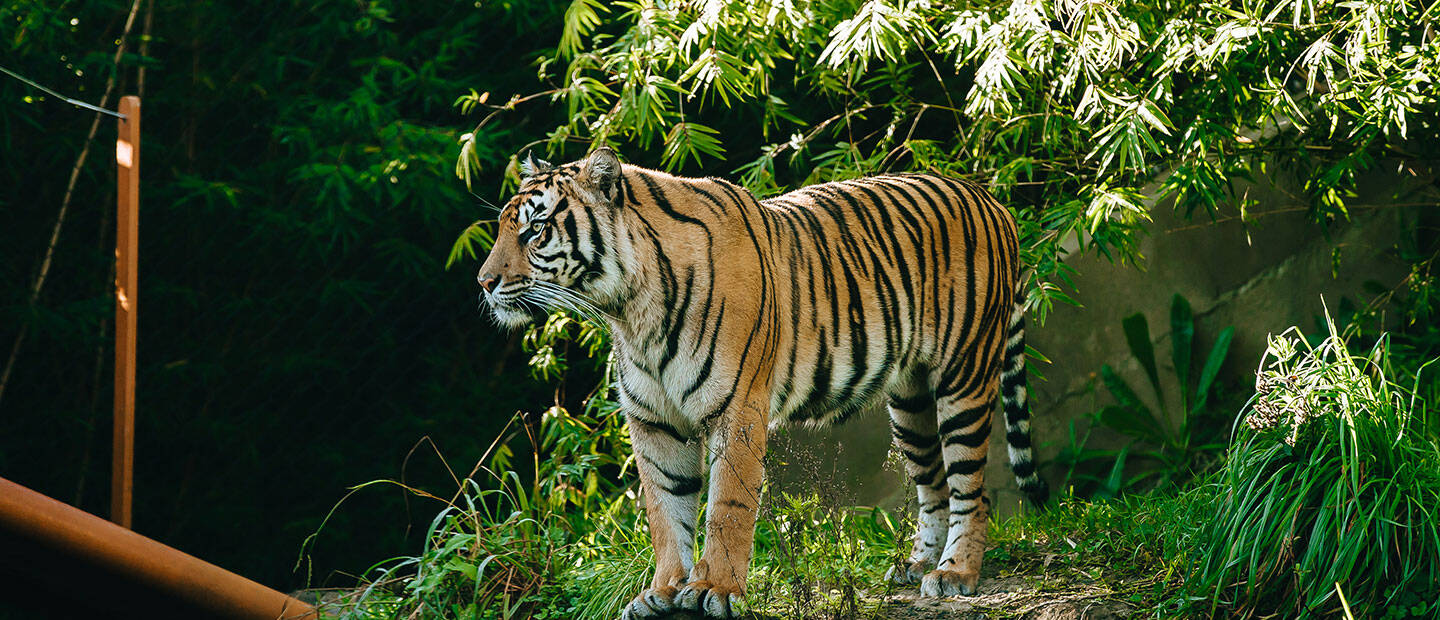It is thanks to an outstanding training programme, started by Zayana’s former keepers at Topeka Zoo & Conservation Centre (Kansas, USA) and progressed by our Carnivore team, that an ultrasound procedure (the only way to 100% confirm a tiger pregnancy) has been so skilfully and successfully achieved.
“It’s so cool that we can do a procedure like this on Zayana that’s just part of her training sessions and doesn’t require her having to undergo a general anaesthetic, which is not advisable for pregnant animals,” says Carnivore deputy team leader, Nick Parashchak.
“Because of the relationships we’ve all built with her, Zayana is really trusting of us. She enjoys and is very cooperative and focused during training where she has choice about participating and is rewarded with treats like meat and pet milk - which she loves. To prep her for the ultrasound, we started by desensitising her to having her belly touched, then built things up slowly from there, applying the gel that helps the soundwaves to be picked up, and then got her used to the touch and movement of the ultrasound probe.
“There was no guarantee we’d get a result, especially as we were working within a limited space and could only get to one side of her belly – as our video shows. But with Zayana lying belly down as needed on the training chute ledge - with the help of our expert vet, Dr An Pas, and our own team’s skills, our educated guess with the probe on Tuesday clearly proved spot on!”


